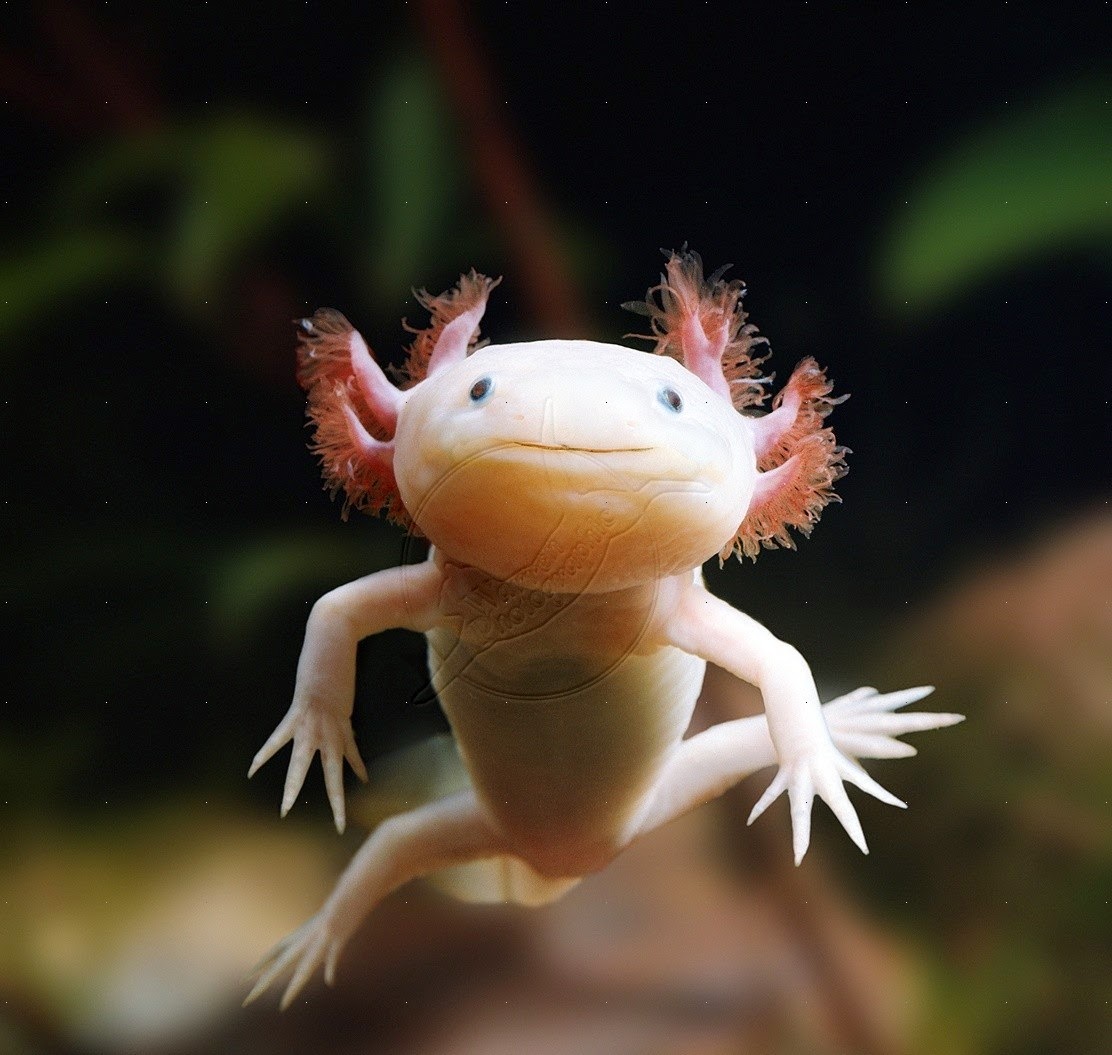
The axolotl, also known as the Mexican salamander, is a captivating creature that has captured the hearts of many with its unique characteristics. This extraordinary amphibian is native to the ancient water channels of Xochimilco, Mexico. With its distinctive appearance and remarkable regenerative abilities, the axolotl has become a subject of fascination for researchers and pet enthusiasts alike.
The Appearance of the Axolotl

One of the most striking features of the axolotl is its external gills, which resemble feathery branches protruding from the sides of its head. These gills enable the axolotl to extract oxygen from the water, making it an entirely aquatic species. Unlike other salamanders, it retains its larval features throughout its life, a condition known as neoteny. This means that the axolotl remains in its aquatic form, never undergoing metamorphosis into a land-dwelling adult.
The Color Varieties of Axolotls
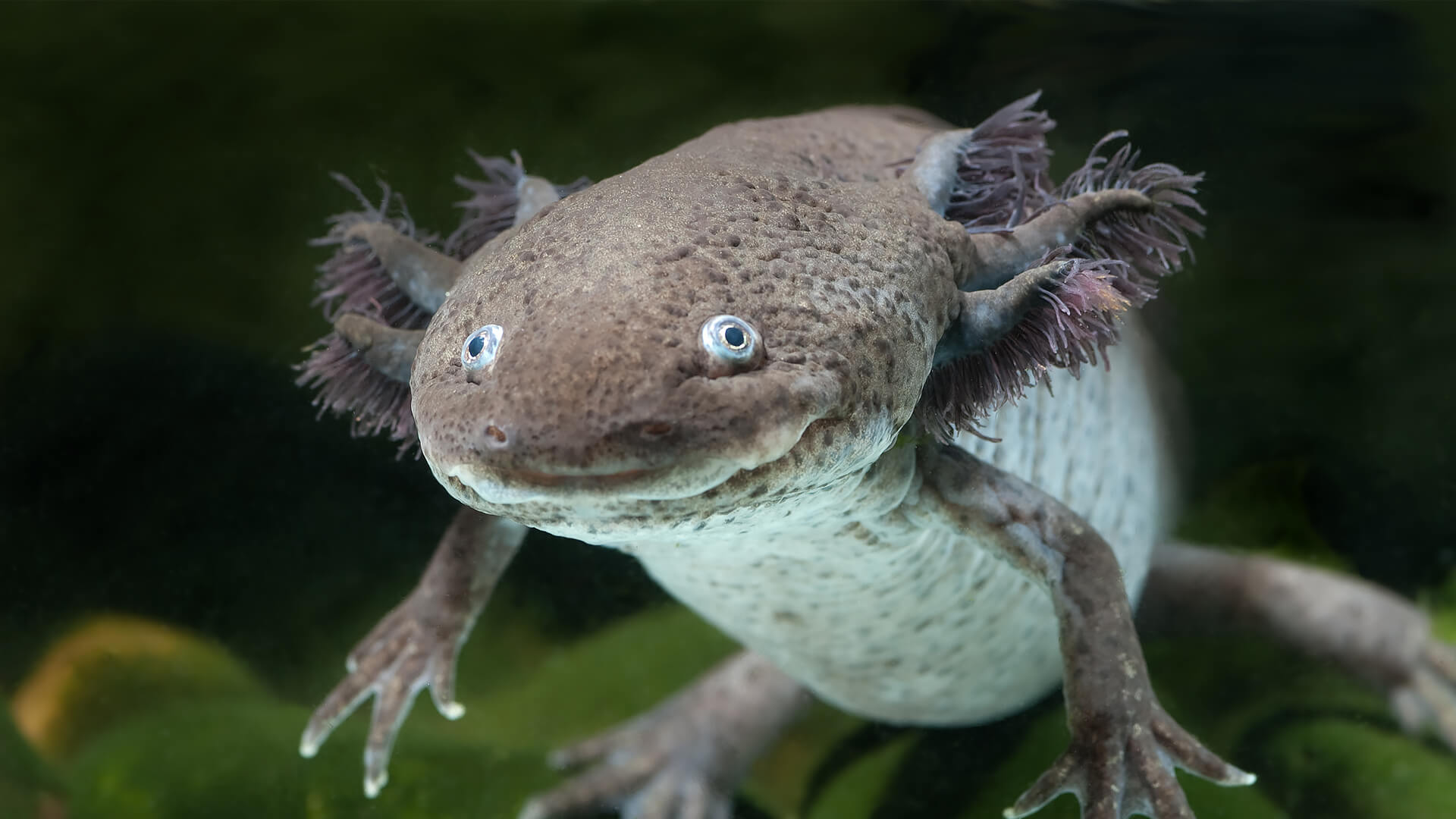
Axolotls display a wide range of colors, including shades of pink, white, black, and various combinations of these hues. The most common color variant is a pale pinkish hue, often referred to as "wild type." However, through selective breeding, breeders have developed a plethora of captivating color morphs, such as golden albino, leucistic, melanoid, and more. These vibrant colorations make axolotls an appealing choice for exotic pet enthusiasts.
The Regenerative Abilities of Axolotls

Axolotls possess an astonishing ability to regenerate lost body parts, including limbs, spinal cord, heart tissue, and even parts of their brain. This regenerative prowess is unmatched in the animal kingdom and has made the axolotl a subject of intense scientific research. By studying the mechanisms behind axolotl regeneration, scientists hope to unlock valuable insights that could potentially lead to advancements in regenerative medicine for humans.
The Natural Habitat of Axolotls
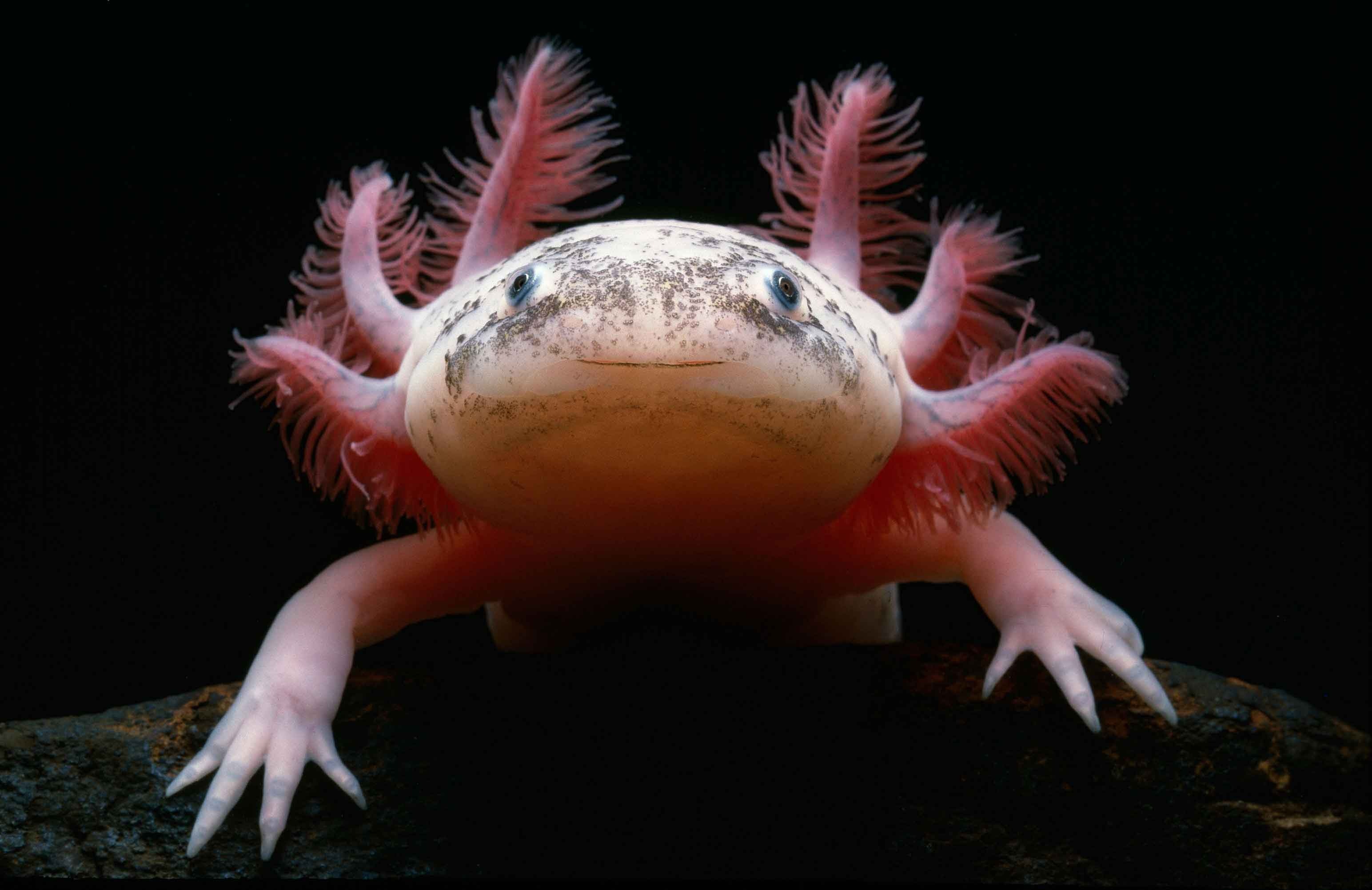
Axolotls are indigenous to the ancient water channels of Xochimilco, Mexico. These channels, called "chinampas," are a unique type of Mesoamerican agricultural system where artificial islands are built for farming. Axolotls thrive in these freshwater habitats, which are characterized by dense vegetation and slow-moving water. Unfortunately, due to urbanization and pollution, the axolotl's natural habitat is severely threatened, and the species has been classified as critically endangered.
Aquarium Care for Axolotls
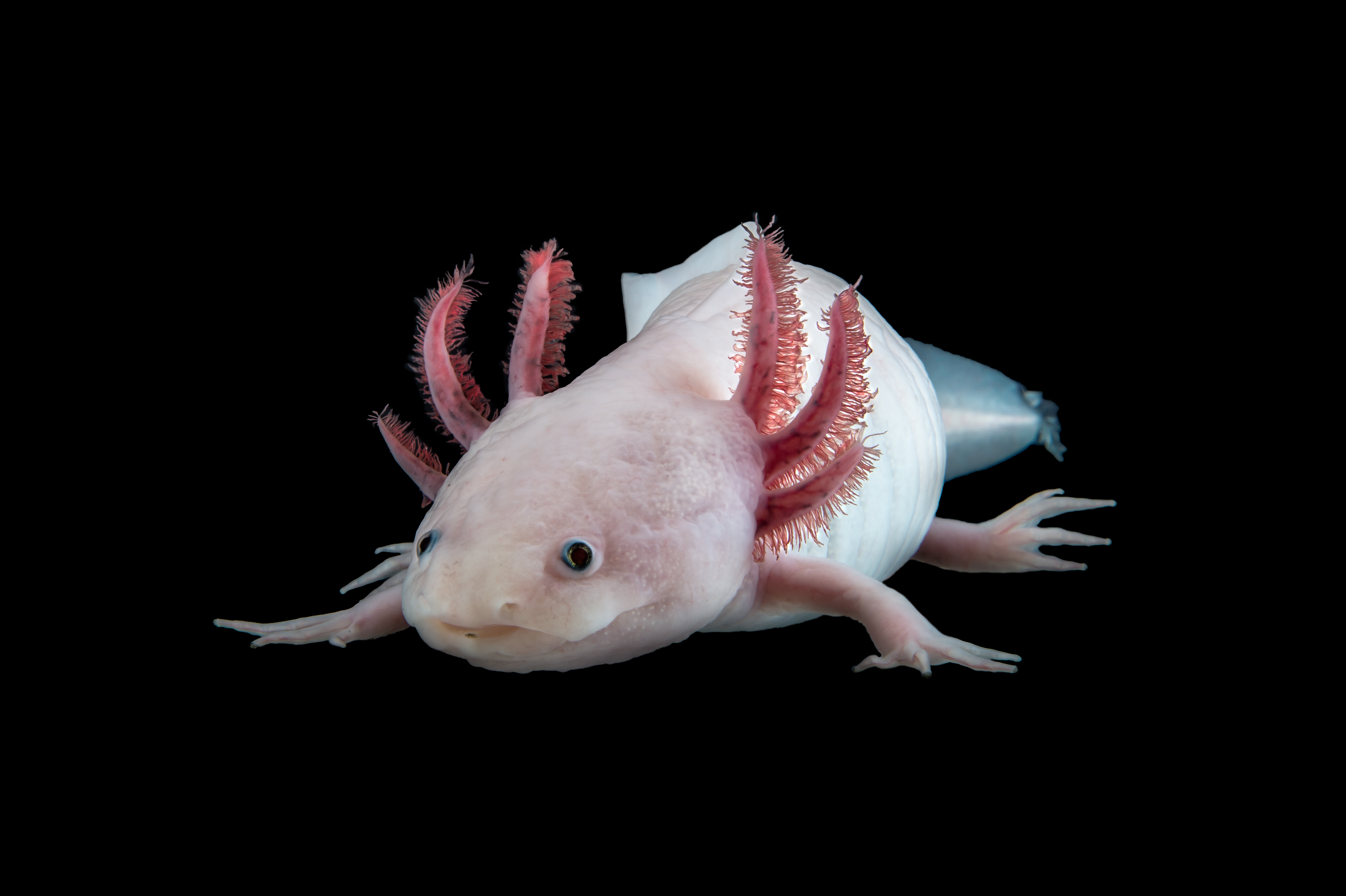
For those interested in keeping axolotls as pets, proper aquarium care is essential. Axolotls require a spacious tank with clean, filtered water to ensure their well-being. The water temperature should be kept between 60 to 68??F (15 to 20??C), as axolotls are cold-water creatures. Additionally, they prefer low lighting conditions and plenty of hiding spots, such as plants and caves. It's crucial to provide a proper diet consisting of live or frozen foods, as axolotls are carnivorous.
The Mythical Connections of Axolotls
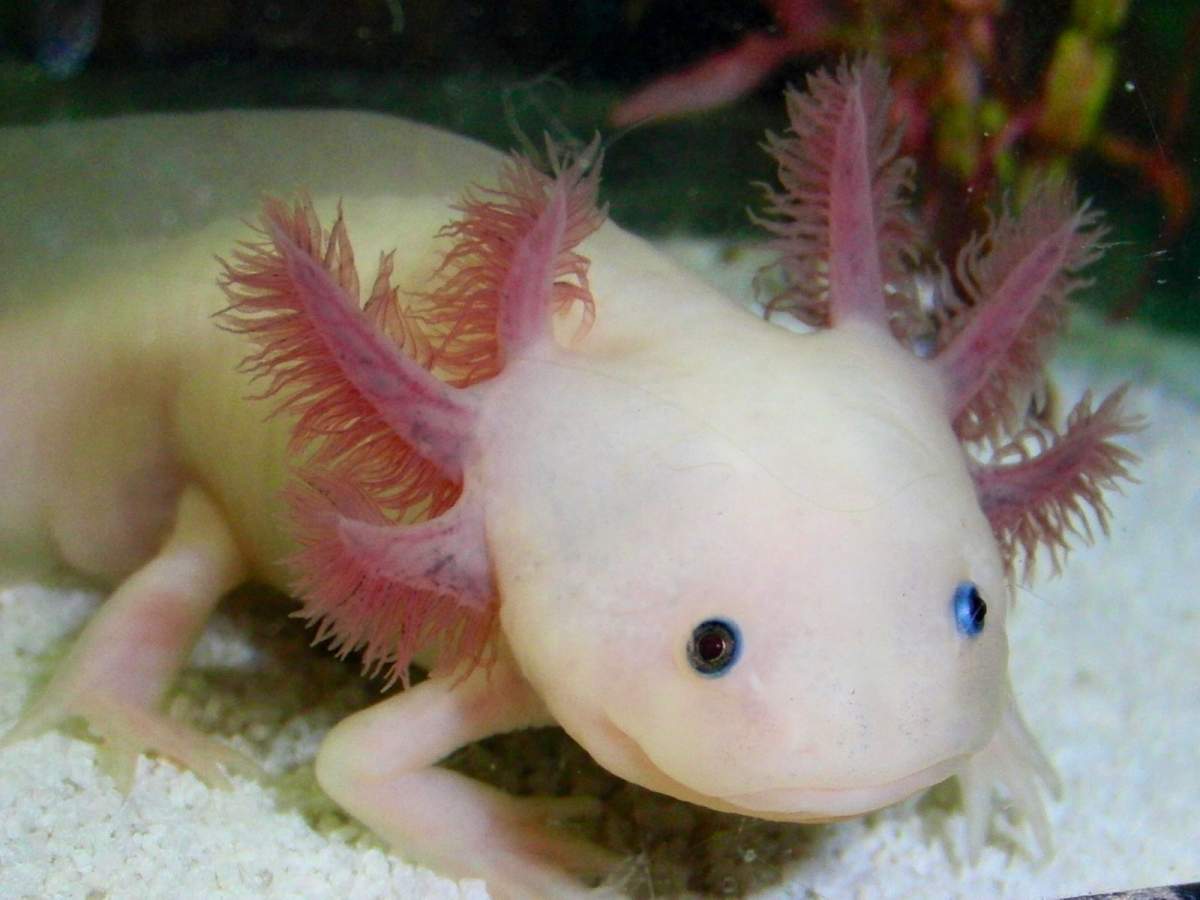
Axolotls have long been intertwined with Mexican mythology and folklore. In ancient Aztec culture, the axolotl was associated with the god Xolotl, who was believed to have transformed into an axolotl to evade his enemies. The axolotl's ability to regenerate body parts was considered a symbol of renewal and rebirth. Today, the axolotl remains a national treasure in Mexico and is regarded as a cultural icon.
The Future of Axolotls

Preserving the future of axolotls is of utmost importance to ensure the survival of this remarkable species. Conservation efforts are underway, both in Mexico and internationally, to protect the axolotl's natural habitat and prevent its extinction. Organizations are working tirelessly to raise awareness, implement sustainable farming practices, and establish captive breeding programs to safeguard the axolotl population. By supporting these initiatives, we can contribute to securing a future where axolotls continue to thrive in their native environment.